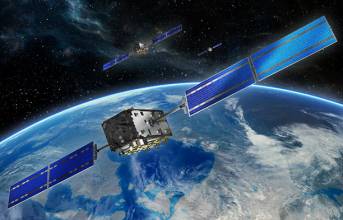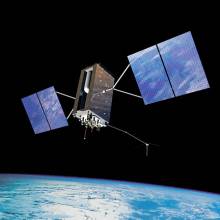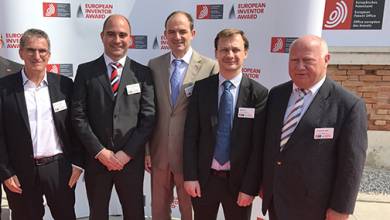Second Lockheed Martin GPS III Satellite Assembled, Ready to Begin Environmental Testing
Lockheed Martin’s second GPS III satellite is now assembled and preparing for environmental testing, and the third satellite is close behind, having just received its navigation payload.
In a specialized cleanroom designed to streamline satellite production, the company is in full production building GPS III – the world’s most powerful GPS satellites, near Denver, Colorado.
By Inside GNSS













